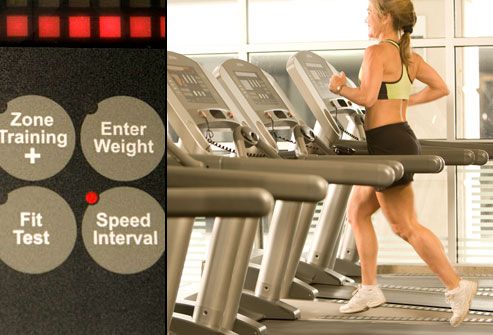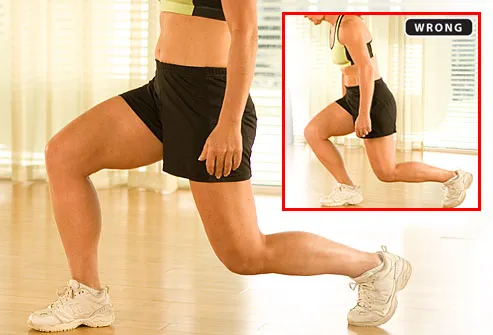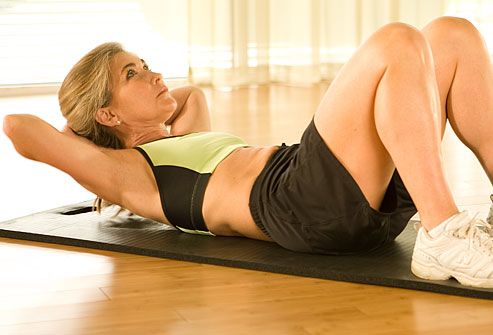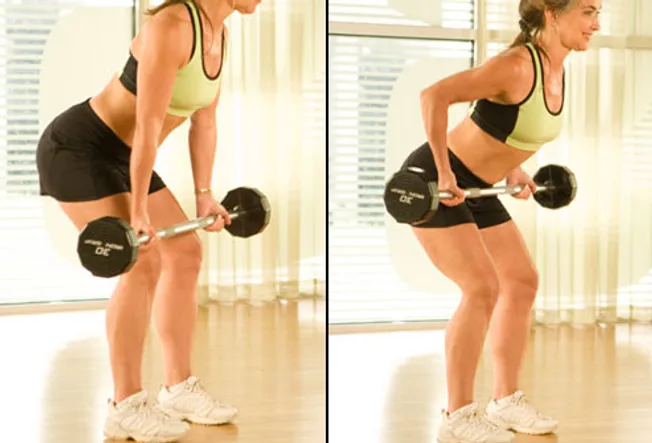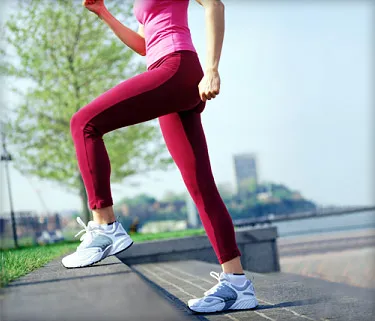Got high cholesterol? Learn what you can do to lower it quickly -- starting today.
By David Freeman
How's your cholesterol? If you think that the normal reading you got back in 2004 (or earlier) means you're in the clear, think again: Levels of the artery-clogging substance often rise with age, and cardiologists say everyone 20 or older should be screened for high cholesterol at least once every five years, with more frequent screenings for anyone deemed to be at high risk for heart disease. If it's been awhile since your last cholesterol screening, now's a good time to ask your doctor if you're due for one.
The good news? If your fasting total cholesterol level exceeds the desirable level of 200, or if your low-density lipoprotein (LDL, or "bad”) cholesterol is not at your goal, getting it down to a safer level could be easier than you think. In fact, with simple lifestyle modifications -- and, if necessary, medicine -- people often see significant reductions in cholesterol within six weeks.
Here are 11 tips from WebMD health experts on how to cut high cholesterol fast:
1. Set a target.
You know you've got to get your cholesterol number down, but how low do you need to go? That depends on several factors, including your personal and family history of heart disease, as well as whether you have cardiovascular risk factors, such as obesity, high blood pressure, diabetes, and smoking.
If your risk is deemed high, "most doctors will treat for a target LDL of less than 70," says James Beckerman, MD, a cardiologist in private practice in Portland, Oregon. If your risk is moderate, a target LDL of under 130 is generally OK, Beckerman says. If your risk is low, less than 160 is a reasonable target. "The trend now is to treat people earlier, especially if they have two or more risk factors," he says.
2. Consider medication.
Lifestyle modifications make sense for anyone with elevated cholesterol. But if your cardiovascular risk is high, you may also need to take a cholesterol-lowering drug. Michael Richman, MD, medical director of the Center for Cholesterol Management in Los Angeles, calls drug therapy "the only thing that will work fast" to lower high cholesterol. "Everyone should do the basics, like stopping smoking and losing weight," Richman tells WebMD. "But these things lower the risk only modestly. They're nothing to write home about."
Beckerman agrees. "Lifestyle modifications are important, but we should also be emphasizing the benefits of medication when appropriate," he says.
Several types of cholesterol-lowering medication are available, including niacin, bile acid resins, and fibrates. But statins are the treatment of choice for most individuals. "Statins can lower LDL cholesterol by 20% to 50%" says Pamela Peeke, MD, assistant professor of medicine at the University of Maryland School of Medicine in Baltimore.
3. Get moving.
In addition to lowering LDL "bad" cholesterol, regular physical activity can raise HDL "good" cholesterol by up to 10%. The benefits come even with moderate exercise, such as brisk walking.
Robert Harrington, MD, professor of medicine at Duke University School of Medicine in Durham, N.C., urges his patients to go for a 45-minute walk after supper.
Peeke tells WebMD, "I ask people to get a pedometer and aim for 10,000 steps a day. If you work at a desk, get up and walk around for five minutes every hour."
Whatever form your exercise takes, the key is to do it with regularity. "Some experts recommend seven days a week, although I think five days is more realistic," Richman says.
4. Avoid saturated fat.
Doctors used to think that the key to lowering high cholesterol was to cut back on eggs and other cholesterol-rich foods. But now it's clear that dietary cholesterol isn't the main culprit. "Eggs don't do all that much [to raise cholesterol]," Beckerman says. "You don't want to be throwing down six eggs a day, but recent data suggest that it's really saturated fat" that causes increases in cholesterol. And if you cooked your eggs in a slab of butter, don't overlook the fat in the butter.
"One of the first things to do when you're trying to lower your cholesterol level is to take saturated fat down a few notches," says Elaine Magee, MPH, RD, the author of several nutrition books, including the forthcoming Tell Me What to Eat If I Have Heart Disease. "The second thing to do is to start eating more 'smart' fats," Magee says. She recommends substituting canola oil or olive oil for vegetable oil, butter, stick margarine, lard, or shortening while cutting back on meat and eating more fish.
5. Eat more fiber.
Fruits and vegetables, including whole grains, are good sources not only of heart-healthy antioxidants but also cholesterol-lowering dietary fiber. Soluble fiber, in particular, can help lower cholesterol. Beckerman says it "acts like a sponge to absorb cholesterol" in the digestive tract. Good sources of soluble fiber include dried beans, oats, and barley, as well as fiber products containing psyllium.
6. Go fish.
Fish and fish oil are chockablock with cholesterol-lowering omega-3 fatty acids. "Fish oil supplements can have a profound effect on cholesterol and triglycerides," Beckerman says. "There's a lot of scientific evidence to support their use." Fish oil is considered to be quite safe, but check with your doctor first if you are taking an anti-clotting medication.
Magee recommends eating fish two or three times a week. "Salmon is great, as it has lots of omega-3s," she says. But even canned tuna has omega-3s, and it's more consumer-friendly. The American Heart Association also recommends fish as the preferable source of omega-3s, but fish oil capsule supplements can be considered after consultation with your physician. Plant sources of omega-3s include soybeans, canola, flaxseeds, walnuts, and their oils, but they don't provide the same omega-3s as fish. The biggest heart benefits have been linked to omega-3s found in fish.
7. Drink up.
Moderate consumption of alcohol can raise levels of HDL "good" cholesterol by as much as 10%. Doctors say up to one drink a day makes sense for women, up to two a day for men. But given the risks of excessive drinking, the American Heart Association cautions against increasing your alcohol intake or starting to drink if you don't already.
8. Drink green.
Magee suggests green tea as a healthier alternative to sodas and sugary beverages. Indeed, research in both animals and humans has shown that green tea contains compounds that can help lower LDL cholesterol. In a small study conducted in Brazil, people who took capsules containing a green tea extract were able to reduce their total cholesterol.
9. Eat nuts.
Extensive research has demonstrated that regular consumption of nuts can bring modest reductions in cholesterol. Walnuts and almonds seem particularly beneficial. But nuts are high in calories, so limit yourself to a handful a day, experts say.
10. Switch spreads.
Recent years have seen the introduction of margarine-like spreads and other foods fortified with cholesterol-lowering plant compounds known as stanols.
11. Don't smoke.
Smoking lowers levels of HDL "good" cholesterol and is a major risk factor for heart disease.




